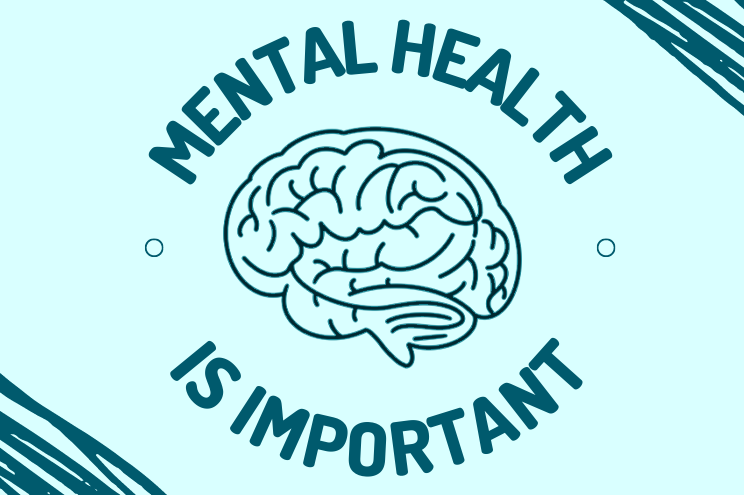Beyond Compliance – Innovations in CO2 Regulators for Environmental Stewardship
In the face of mounting climate change challenges, regulatory bodies worldwide are exploring innovative approaches to mitigate carbon dioxide CO2 emissions. Traditionally, environmental regulations have focused on compliance and enforcement mechanisms. However, a paradigm shift is underway, with a growing emphasis on incentivizing sustainable practices and fostering technological advancements. This shift toward proactive environmental stewardship has spurred the development of novel CO2 regulators that go beyond mere compliance to drive meaningful change. ETS establishes a carbon market where a cap is set on total emissions, and permits to emit CO2 are either allocated or auctioned to regulated entities. This market-based approach encourages companies to reduce emissions voluntarily by providing financial incentives for surpassing regulatory requirements. Moreover, it fosters innovation by enabling firms to invest in cleaner technologies or offset their emissions through carbon credits. ETS has proven effective in jurisdictions such as the European Union and parts of the United States, offering a scalable and adaptable framework for reducing CO2 emissions.
One such innovation is the concept of emissions trading systems ETS, also known as cap-and-trade mechanisms. Another promising development in CO2 regulation is the integration of carbon pricing mechanisms. Carbon pricing assigns a monetary value to CO2 emissions, reflecting the social and environmental costs of carbon pollution. By internalizing these costs, carbon pricing incentivizes businesses and consumers to make more sustainable choices. Implementations can vary, including carbon taxes levied on fossil fuels or emissions trading schemes as mentioned earlier. Notably, carbon pricing has gained traction globally, with numerous countries adopting or considering such measures to drive emissions reductions while fostering economic growth. Furthermore, regulatory agencies are increasingly embracing technology-driven solutions to monitor and manage CO2 emissions. Advances in satellite imaging, remote sensing, and data analytics have enabled more accurate and cost-effective monitoring of greenhouse gas emissions across vast geographical areas. These technologies empower regulators to identify sources of CO2 emissions, assess compliance with regulatory standards, and track progress toward emission reduction goals in real-time. Moreover, digital platforms and blockchain technology are being leveraged to enhance transparency and traceability in carbon markets, ensuring the integrity of emission reduction efforts.
In addition to regulatory innovations, collaborative approaches between governments, industry stakeholders, and civil society are driving progress in CO2 reduction initiatives and visit this website https://www.wtfarley.com/regulators-co2. Public-private partnerships facilitate knowledge sharing, resource mobilization, and the co-creation of solutions to address complex environmental challenges. By fostering multi-stakeholder engagement, regulators can harness collective expertise and innovation to develop more effective policies and initiatives that balance environmental protection with economic development objectives. Ultimately, the evolution of CO2 regulators toward proactive environmental stewardship reflects a broader recognition of the urgent need for coordinated action to mitigate climate change. By embracing innovative approaches such as emissions trading systems, carbon pricing mechanisms, and technology-driven solutions, regulators can incentivize emissions reductions, spur technological innovation, and accelerate the transition to a low-carbon economy. Moreover, fostering collaboration and partnership among diverse stakeholders is essential for fostering a culture of environmental responsibility and achieving meaningful progress toward global climate goals. By leveraging market-based mechanisms, technological advancements, and collaborative approaches, regulators can catalyze emissions reductions, promote sustainable practices, and safeguard the planet for future generations.



